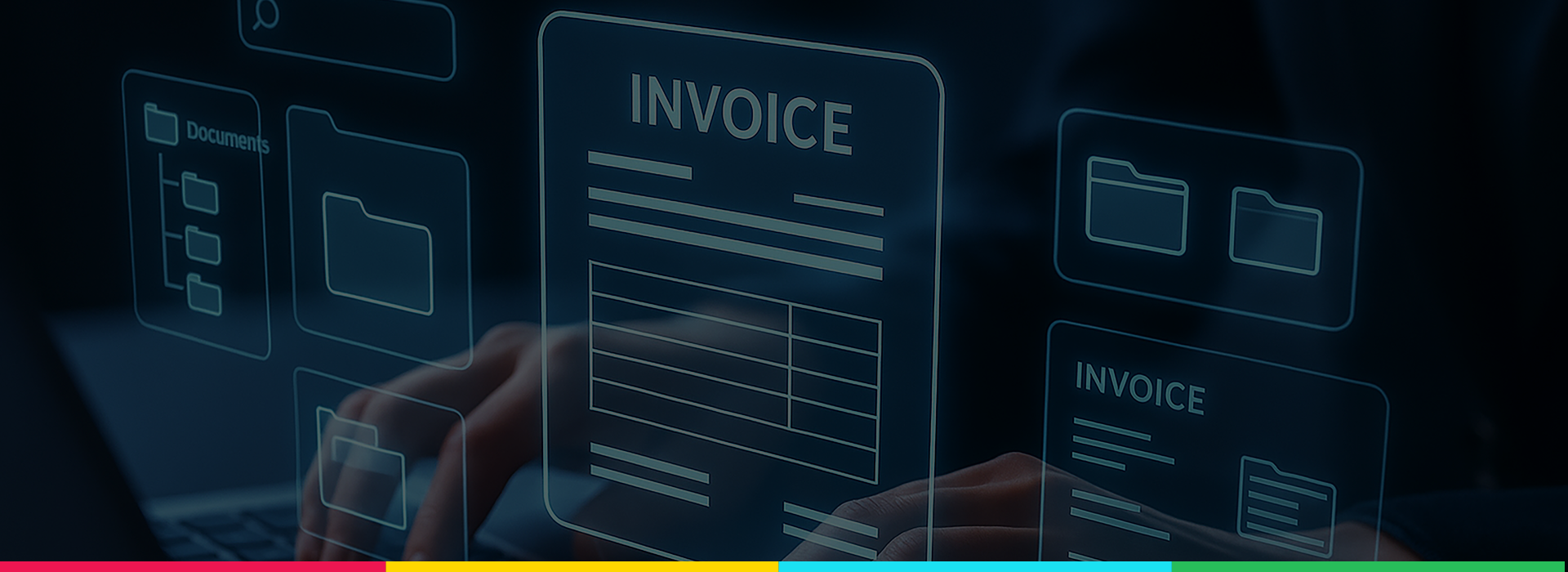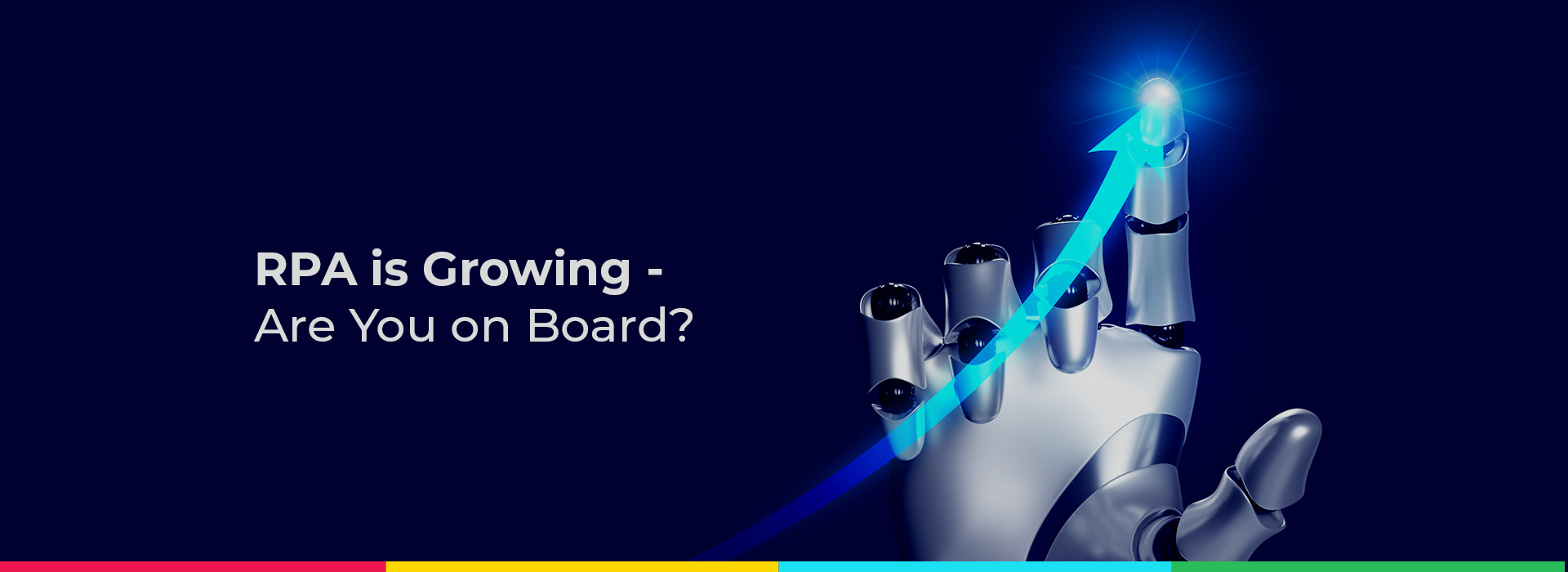
Blog
What Businesses Need to Know About Cloud Integration for Invoice Processing: Part II – The Details
In our last blog on What Businesses Need to Know About Cloud Integration for Invoice Processing: Part I – An Overview, we discussed the benefits, advantages, and challenges of automating this process. In this blog, we will take a deep dive into how cloud integration can streamline invoice processing and the steps necessary to successfully integrate invoices into the Cloud.
How Cloud Integration Can Streamline Invoice Processing
Cloud integration can streamline the invoice process in several ways, including:
-
Automating Data Entry - One of the biggest challenges of invoicing is manually entering data into the invoicing system. This can be a time-consuming and error-prone process, especially if the data is being entered from different sources. With cloud integration, businesses can automate data entry by connecting their invoicing software with other business applications such as CRM and ERP systems. This eliminates the need for manual data entry, reducing the risk of errors and saving time.
-
Simplifying Payment Processing - Cloud integration can simplify payment processing by connecting invoicing software with payment processing systems. This enables businesses to automatically generate invoices, send them to customers, and receive payments electronically. This eliminates the need for manual payment processing, reducing the risk of errors and speeding up the payment process.
-
Improving Accuracy - Manual invoicing processes are prone to errors, such as data entry mistakes and incorrect calculations. Cloud integration can improve accuracy by automating invoicing processes, eliminating the need for manual data entry, and reducing the risk of errors.
-
Enhancing Efficiency - Cloud integration can enhance efficiency by automating and streamlining invoicing processes. This enables businesses to process invoices quickly and accurately, reducing the time and effort required to complete the invoicing process.
Steps to Successfully Integrate Invoices into the Cloud
Moving your invoice processing to the cloud can offer significant benefits to your business, including increased efficiency, reduced costs, and improved accuracy. However, the process of integrating invoices into the cloud can be complex and requires careful planning to ensure success. Now we would like to share with you the steps you can take to successfully integrate invoices into the Cloud.
Step 1: Identify Business Needs
Before integrating invoices into the cloud, it is essential to identify your business needs and goals. This includes identifying the invoicing process pain points and determining what specific problems cloud integration can solve. Understanding your business's unique requirements will help you in selecting the appropriate cloud invoicing solution and determine how it will integrate with other business applications.
Step 2: Choose the Right Cloud Invoicing Software
Selecting the right cloud invoicing solution is crucial for successful integration. Consider a technology solution that integrates with existing business applications and supports the required invoicing features, such as automated data entry, payment processing, and accurate calculations. Research and compare cloud invoicing solution options to find the best fit for your business. At NITCO we are a professional services partner with Boomi, the Gartner-recognized leader in cloud integration. We are also skilled and certified in other cloud integration solutions.
Step 3: Evaluate Cloud Security
Security is a critical concern when moving sensitive financial data, such as invoices, to the cloud. It is essential to evaluate the cloud provider's security protocols, including encryption, data backups, and access controls. Choose a cloud provider that has a strong security record and takes proactive measures to prevent data breaches.
Step 4: Plan for Data Migration
Migrating data from the current invoicing system to the cloud invoicing solution requires planning to ensure a smooth transition. Determine which data may need to be migrated and in what format. Create a plan for migrating the data, including any necessary data cleansing, or formatting to ensure accuracy. At NITCO, we utilize an agile approach for our integration projects. Ask us about our outcome-based approach to supporting you with the best ROI for your investment.
Step 5: Train Staff
Training staff on the new cloud invoicing system is essential for successful integration. Provide training sessions for staff to learn how to use the new system and the features it offers. It is also important to provide ongoing support and training to ensure staff can effectively use the new invoicing system.
Step 6: Test and Monitor
Before fully implementing the new cloud invoicing system, conduct testing to ensure it is working correctly and efficiently. Test all features, including data entry, payment processing, and reporting. Once implemented, continuously monitor the system's performance, including data accuracy, system uptime, and user feedback.
Conclusion
Successfully integrating invoices into the cloud requires careful planning, selection of the right cloud invoicing solution, evaluation of cloud security, data migration planning, staff training, and ongoing testing and monitoring. By following these steps, businesses can achieve a successful cloud invoicing integration, resulting in increased efficiency, reduced costs, and improved accuracy.
Trust NITCO with Your Cloud Integration Implementation and Development
Your business has critical processes that can be streamlined using automation solutions. NITCO is the Digital Automation expert that can understand your needs and build technology solutions to help automate the tedious tasks that devour valuable employee hours.




 US Headquarters
US Headquarters India office, Hyderabad
India office, Hyderabad